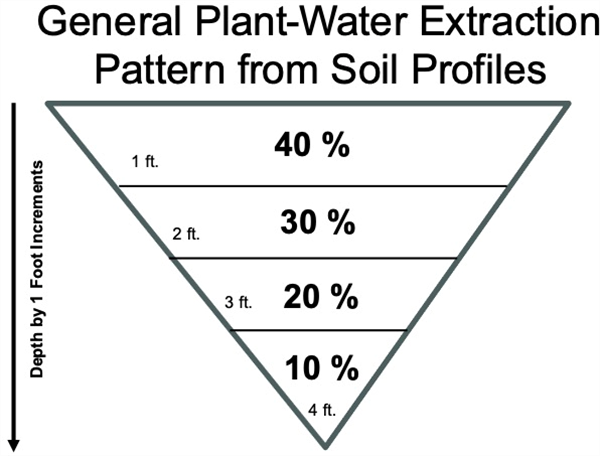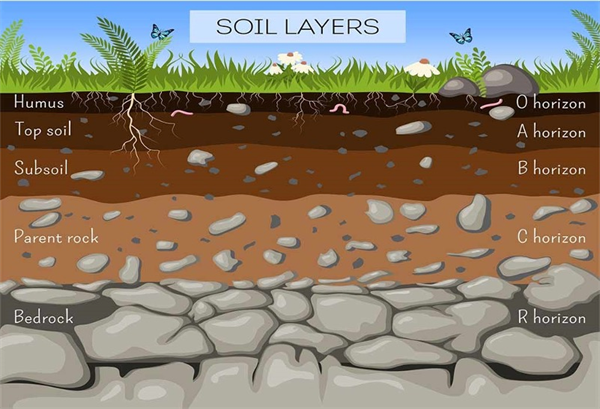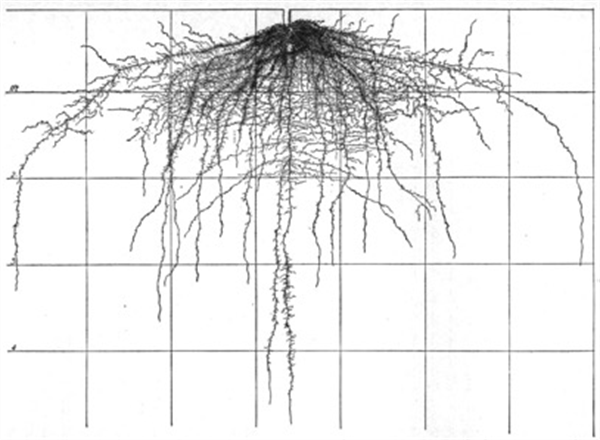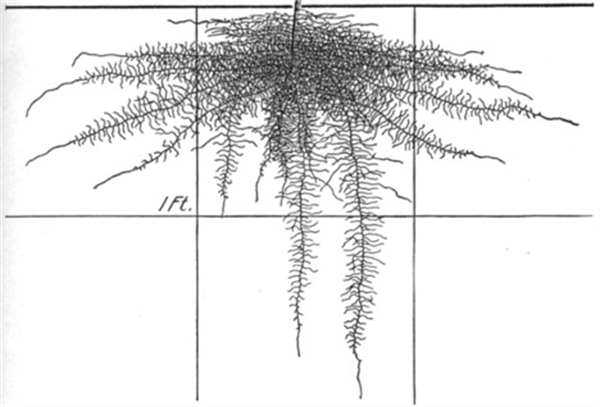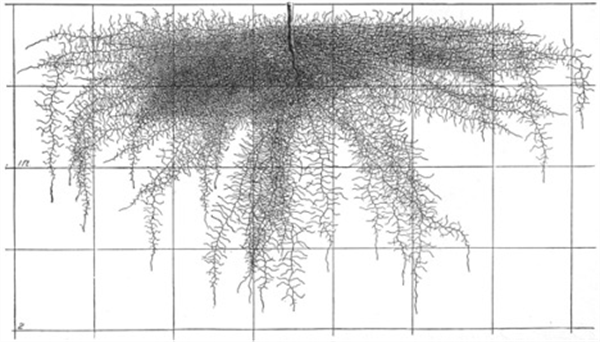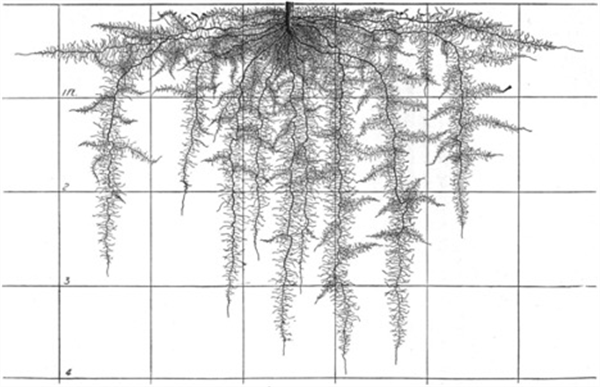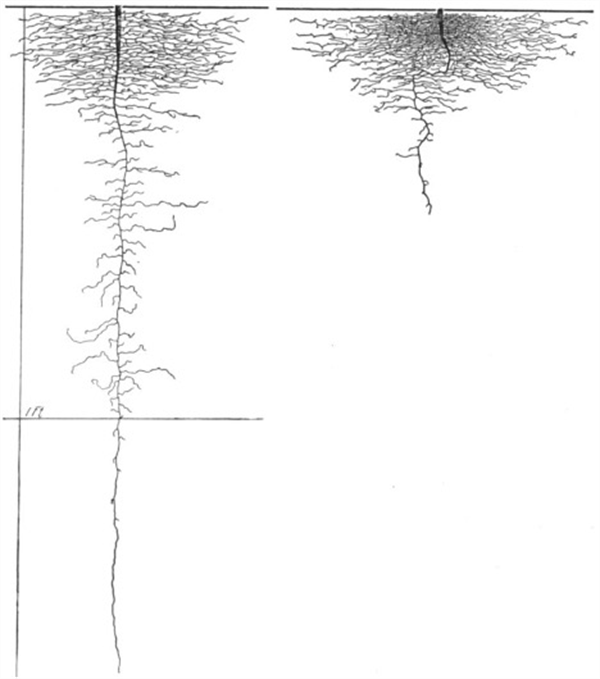-
Aug 21, 2019Seen Any Bagrada Bugs Lately?
It’s hard to believe that it’s been 10 years since the bagrada bug first invaded Yuma produce crops. In 2010, the pest was found in great abundance throughout the desert southwest, causing significant economic damage to large acreages of cole crops. However, in the past four years bagrada populations have been almost non-existent in our experimental plots (see graphs below) and just as scares in commercial crops. We are not certain why this has occurred but may likely be a combination of good insect management and a little help from mother nature. However, we did observe an abundance of adults and nymphs colonizing mustard plots this past April. Thus, I wouldn’t completely count them out this season; a lot will depend on how well they survived the long summer, and if there are any hitchhikers on transplants. The good news is that so far there have no reports of bagrada showing up on early transplants in Yuma, Coachella or Imperial Valleys. Further, there have been no reports of bagrada causing problems on coast cole crops. Experience over the past nine years has shown us that peak adult bagrada bug abundance in the desert generally occurs on direct seeded and transplanted brassica crops in early September. Research conducted on untreated broccoli and cauliflower plots at YAC have shown that mid-September has historically been the time that bagrada begin to show up in large numbers; peak abundance of bagrada bug has occurred from late September to early October (see graphs below). These peak occurrences appear to coincide with the end of the monsoon season and the much-reduced humidity. However, it’s been difficult to observe this effect lately since there has been a trend of significantly lower bagrada bug abundance since 2014 and last the two seasons have been the lightest bagrada populations since we started tracking them in 2010.
So, what should a PCA expect for this season? We have not had much of a monsoon, and the lower humidity could play to their advantage. We can’t say for sure when they will show up and in what numbers but keep your eyes open for adults on your early plantings. Here are a few management tips to consider. (1) When monitoring for bagrada bugs, PCAs should look mainly for fresh feeding signs on new plant tissue, and adults later in the day when they are most active. (2) Direct-seeded and transplanted crops are susceptible to bagrada bug infestations during stand establishment and up to the 6-leaf stage. After that, bagrada rarely cause damage to head forming brassicas (ie., broccoli, cabbage, cauliflower). Leafy brassicas like kale are much more susceptible to cosmetic damage throughout the season though. (3) We recommend that control be initiated immediately if you can readily find 5% or more of plants with fresh-feeding signs. This can include chemigation or aerial applications with pyrethroids. Contact insecticides such as pyrethroids, Lannate, and Lorsban should be used once stands are lined out. Once pipe is pulled and plant size increases up to the 2-3 leaf stage, or on tagged transplants, consider alternating to foliar dinotefuran (i.e., Scorpion) sprays for protecting plants from bagrada feeding. This neonicotinoid will also provide knockdown of adult whiteflies and nymphs. (4) Also, growers who plant Nipsit broccoli seed (clothianidin treated) should begin to closely monitor for fresh feeding damage around 14 days after emergence. More information on bagrada bug management on fall cole crops can be found in: Bagrada Bug Management Tips for the Low Desert 2019.


Can you ID the insect below?
 To contact John Palumbo go to: jpalumbo@ag.Arizona.edu
To contact John Palumbo go to: jpalumbo@ag.Arizona.edu



